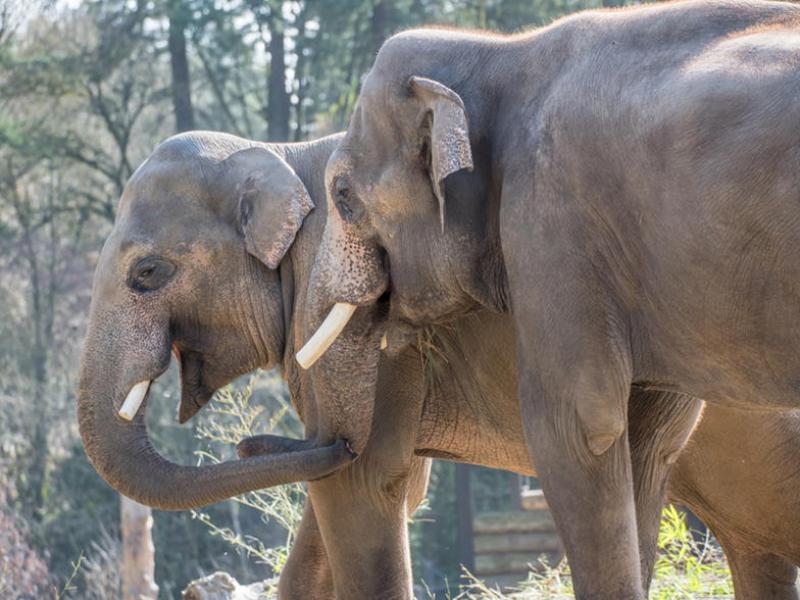
Named for its large bill with a broad spatula-shaped tip, the northern shoveler is a dabbling duck widespread throughout the northern hemisphere.
Northern shoveler behavior and facts
- Northern shovelers dip their beaks into shallow water and filter foods such as insects, plants and seeds.
- This type of feeding is called dabbling.
- Males have a bottle-green head and chestnut-colored flanks, while the female is mottled brown.
- The northern shoveler has one of the largest bills of any waterfowl.
Life history
- The northern shoveler constructs its nest on dry ground using grass and down.
- The female lays up to 12 eggs and incubates them for 24 days.
- As soon as ducklings hatch, the female leads them away from the nest.
- Northern shoveler ducklings begin to fly after about six weeks, and migrate by the end of October.
Status
IUCN Least concern
Northern shovelers, the Oregon Zoo and you
The zoo's northern shovelers live in the Cascade Stream and Pond aviary.




